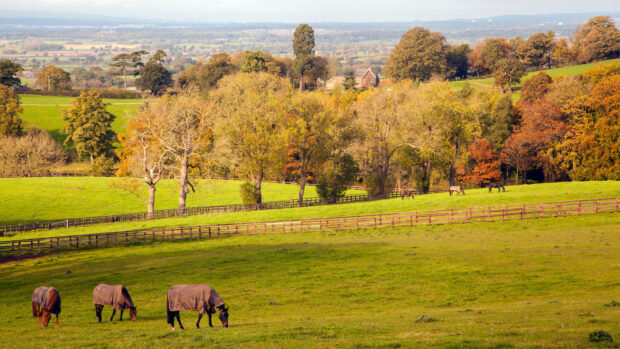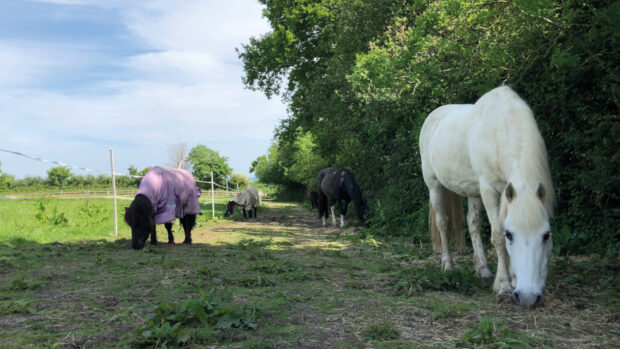With the summer season now in full swing, the annual debate on “show condition”, obesity and laminitis is heating up once again. It is vital that owners, producers and judges – and indeed those responsible for any overweight equine – take heed of the issue.
The absolute link between diet, obesity and laminitis has yet to be shown in horses but there is a strong likelihood based on work in other species. Many horses and ponies prone to weight gain are efficient at utilising the energy supplied in their diet.
This “programming” has its roots in the wild horse, which was used to storing excess nutrition during the feast of summer for use during the famine of winter. This is particularly true for those horses with some native blood. We also have research to prove that horses are pre-programmed to increase their appetites in the summer.
Until recently, fat was considered just as energy storage, but it is now thought that it is metabolically “active”, triggering a hormonal chain reaction that could make a horse more insulin resistant. This in itself is thought to lead to obesity and laminitis.
Insulin is the hormone that removes glucose (which arrives in the blood from the digestion of sugars and starches) into the liver and muscles. So, after a large high-starch meal (such as a big portion of boiled barley), a peak in blood glucose occurs that trails off again as insulin removes it into the tissues. Insulin resistance is when the cells don’t recognise this circulating insulin.
The system reaches this unhealthy state when it is overburdened. The solution lies in avoiding overfeeding in the first place and cutting back on the starch and sugar, replacing them with fibre sources. These nutrients are not bad in themselves, but excesses of them in an overfed horse are now accepted as being potentially damaging.
Horses will vary in their individual susceptibility to laminitis, but there are some rules common to all:



